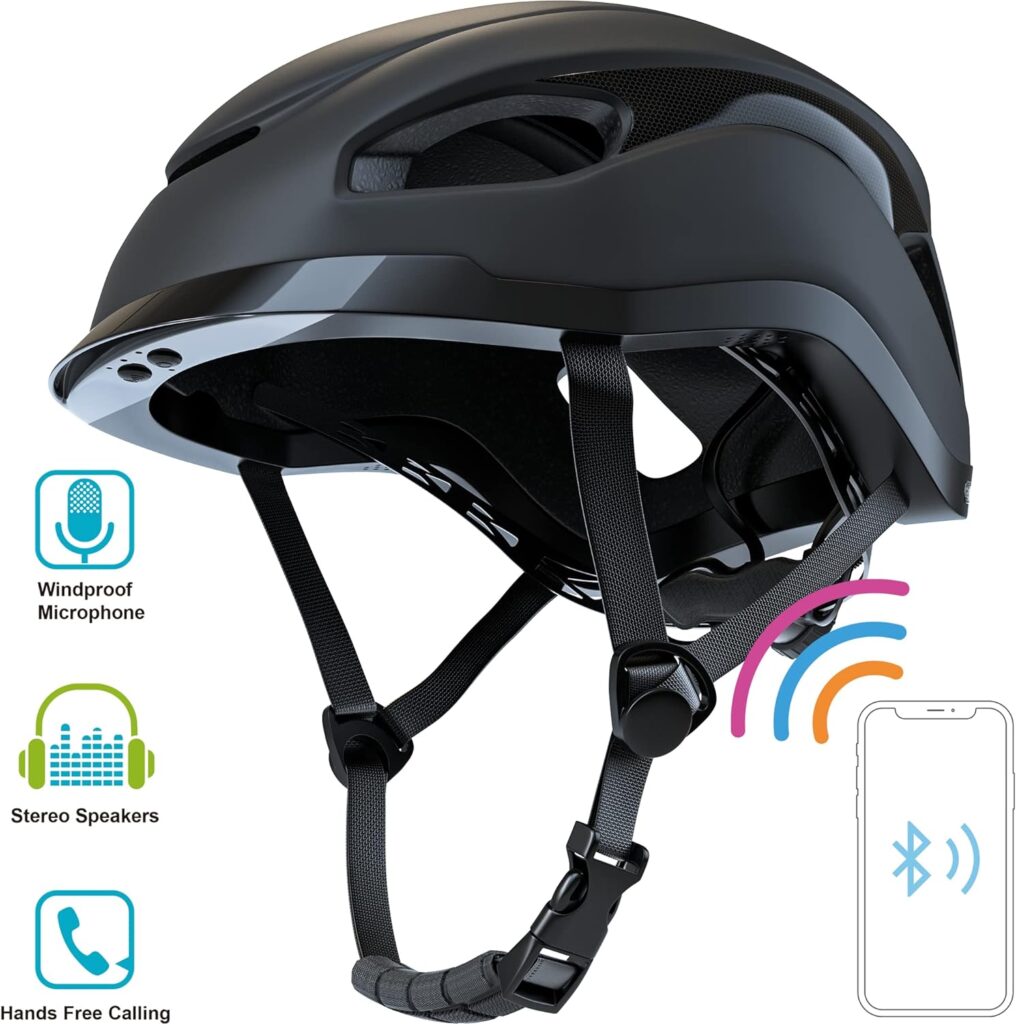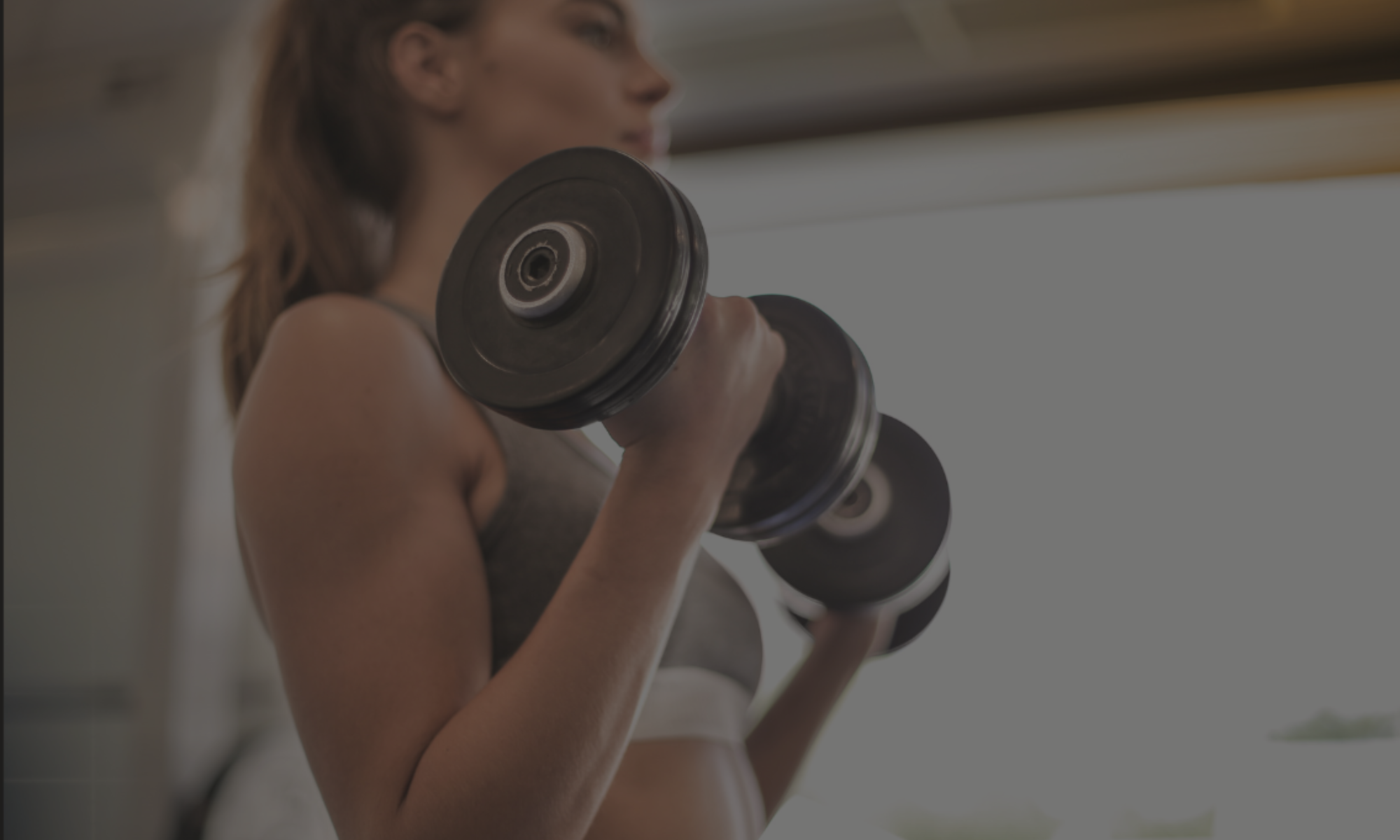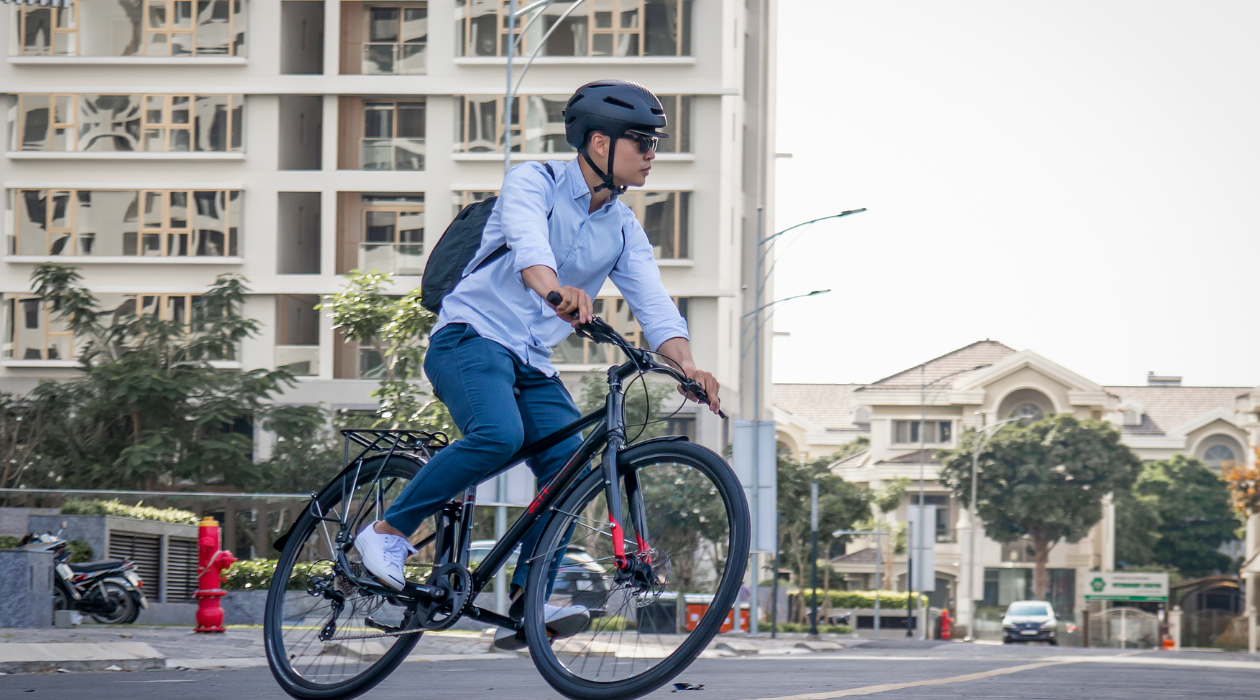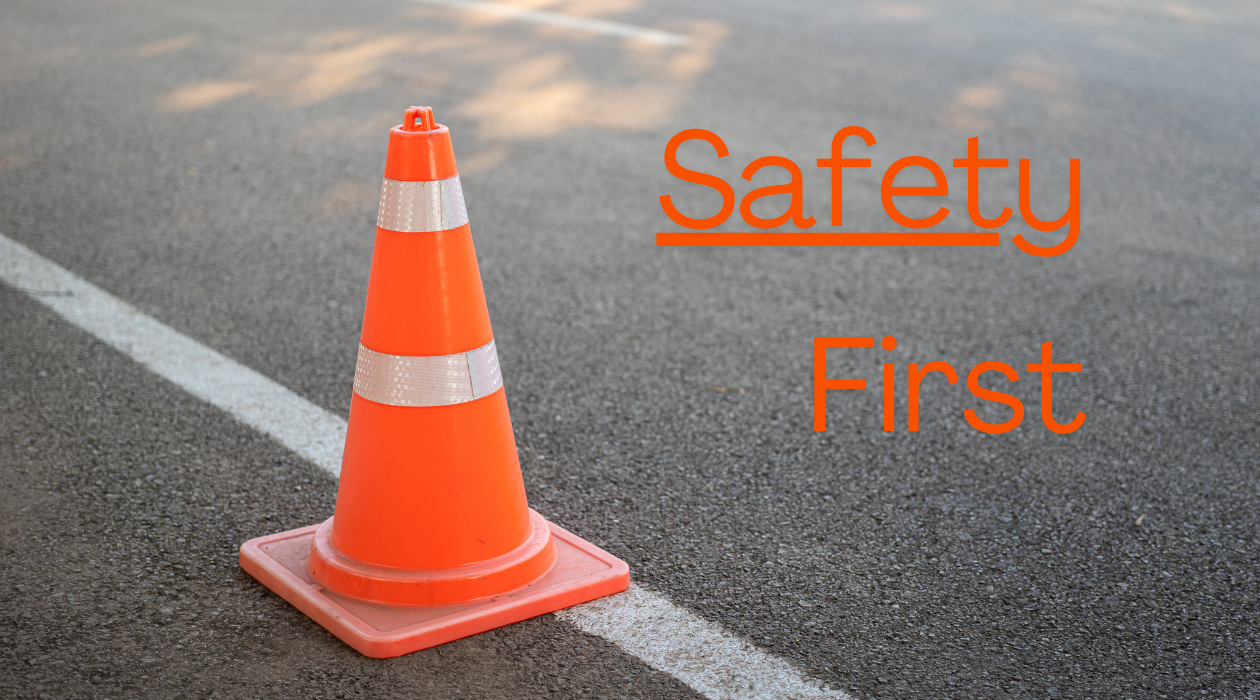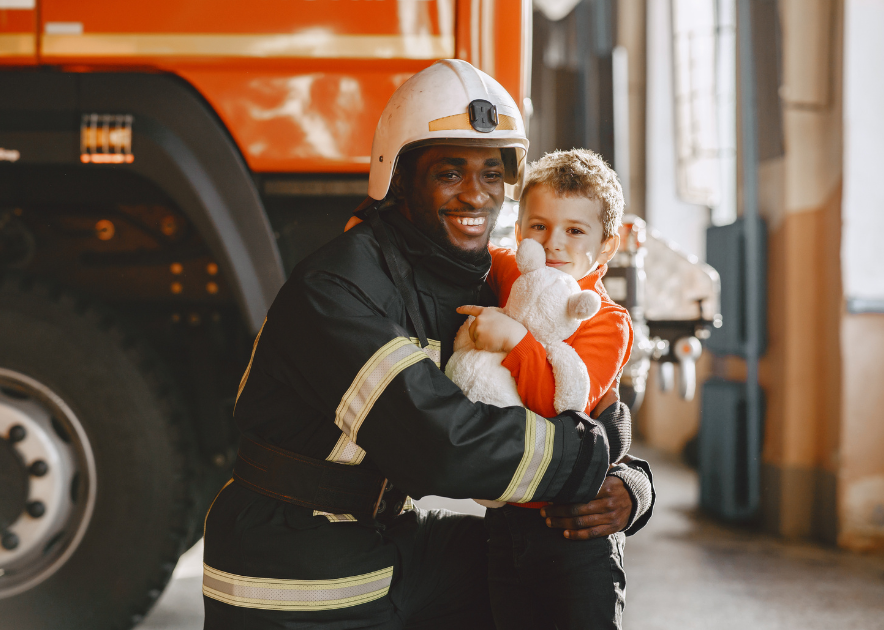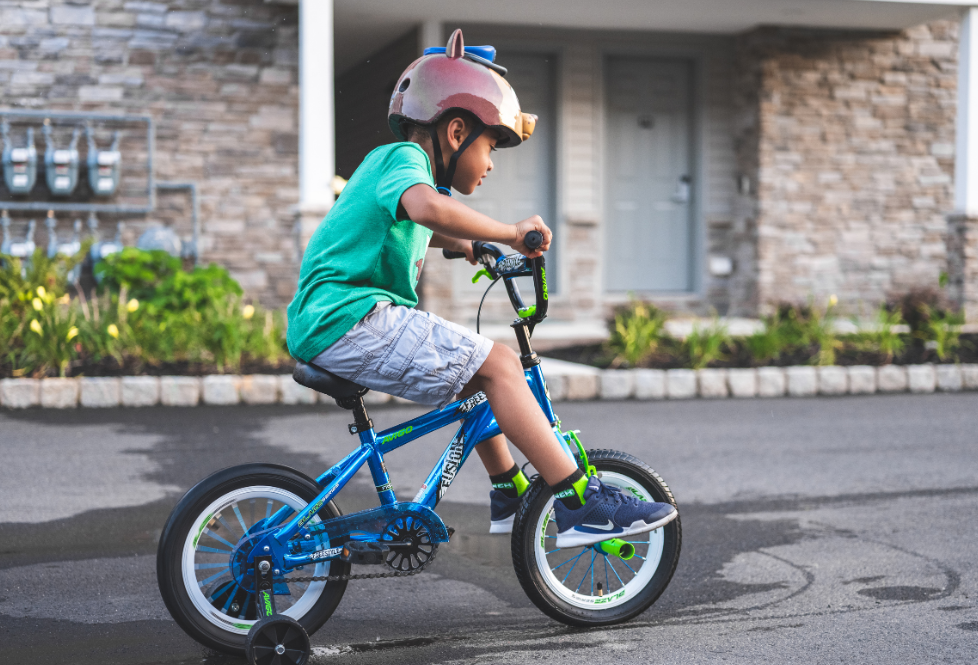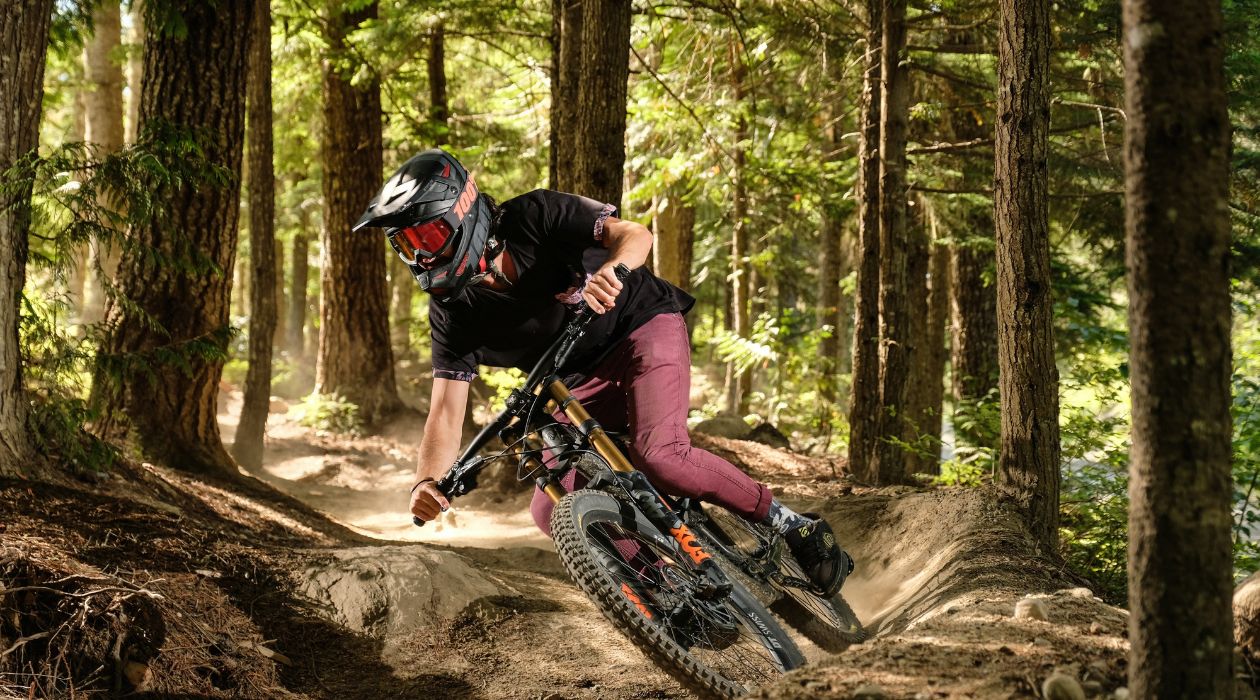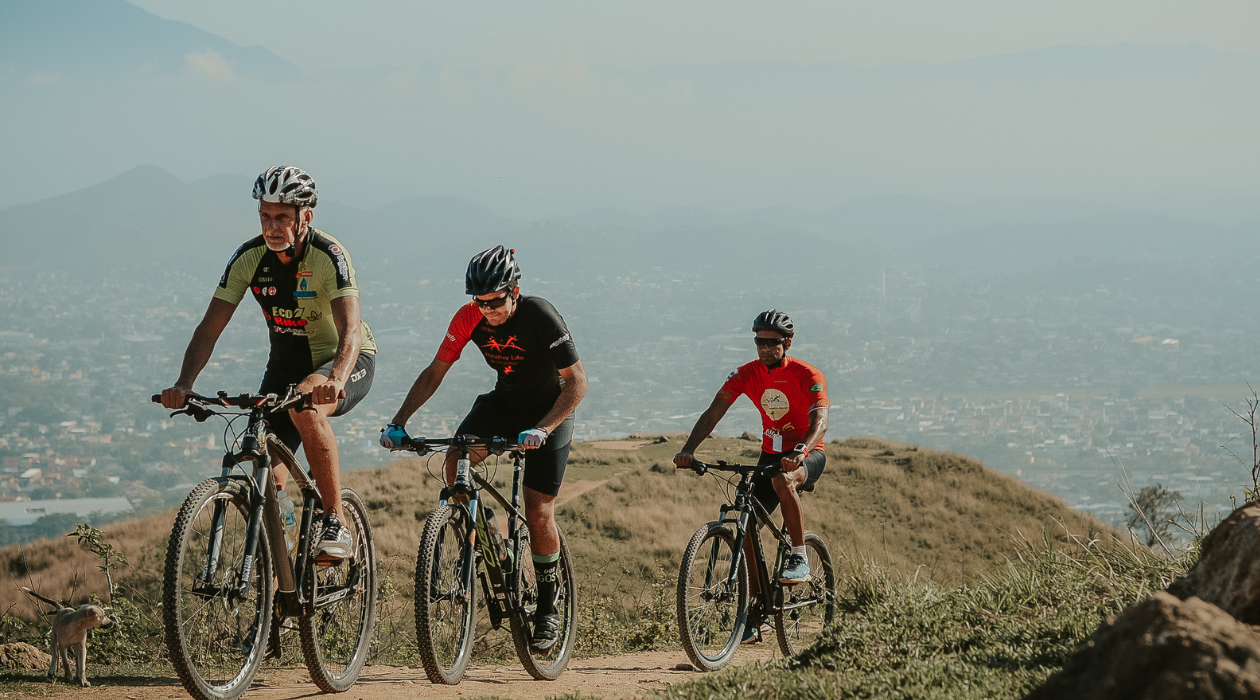When it comes to safety gear, children’s bike helmets often conjure images of dull, uninspired designs. However, in recent years, helmet manufacturers have embraced creativity, offering a plethora of trendy designs that appeal to both kids and parents alike. In this article, we’ll explore the latest trends in children’s bike helmets, from vibrant colors to playful patterns, and discover how you can ride in style while prioritizing safety for your little rider.
The Rise of Fashion-Forward Children’s Bike Helmets
Gone are the days of basic black and uninspired designs. Today’s children’s bike helmets are bursting with personality, featuring eye-catching colors and bold patterns that reflect the unique tastes of young riders. From dazzling metallic finishes to whimsical animal motifs, there’s a helmet to suit every style preference.
Express Yourself: Customization Options
For children who crave individuality, customization options allow them to personalize their helmets to reflect their personality and interests. Many helmet manufacturers offer interchangeable pads, stickers, and accessories, allowing young riders to create a helmet that is uniquely theirs.
Safety Meets Style: Innovative Features in Children’s Bike Helmets
While style is undoubtedly important, safety remains paramount when choosing a bike helmet for your child. Fortunately, many trendy helmets are equipped with innovative safety features, such as MIPS (Multi-directional Impact Protection System) technology and extended coverage designs, ensuring maximum protection on every ride.
From the Playground to the Bike Path: Versatile Designs in Children’s Bike Helmets
Today’s children’s bike helmets are designed to transition seamlessly from the playground to the bike path, offering versatile features that cater to a variety of activities. Whether your child is cruising around the neighborhood on their bike or tearing up the trails on a mountain bike, there’s a helmet that can keep up with their active lifestyle.
Safety First, Fashion Second: Finding the Right Fit
While style is undoubtedly important, it should never come at the expense of safety. When choosing a bike helmet for your child, prioritize proper fit and safety features above all else. Look for helmets that are certified by reputable safety organizations and ensure a snug, comfortable fit to provide optimal protection on every ride.
Gone are the days when safety gear was synonymous with dull, uninspired designs. Today’s children’s bike helmets are a testament to creativity and innovation, offering trendy designs that appeal to even the most fashion-forward young riders. From vibrant colors to playful patterns, there’s a helmet to suit every style preference and personality. However, while style is undoubtedly important, safety should always remain the top priority. When choosing a bike helmet for your child, prioritize proper fit and safety features to ensure maximum protection on every ride. So why settle for boring when you can ride in style with a trendy bike helmet that combines fashion and safety for your little rider?
